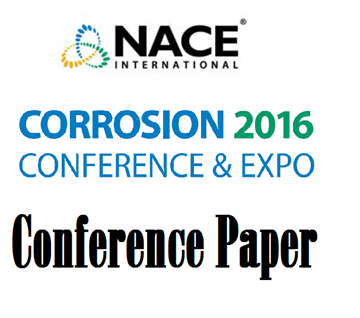Search
Effect of Cathodic Polarisation on Localized Corrosion of 25Cr in Seawater
Also Purchased
51316-6982-Corrosion Management Of Assets Constructed In Super Duplex Stainless Steels (SDSS)
Product Number:
51316-6982-SG
ISBN:
6982 2016 CP
Publication Date:
2016
$20.00
Hydrogen Induced Stress Cracking of Swaged 25Cr Super Duplex Stainless Steel Subsea End-Fittings
Product Number:
51319-12963-SG
Publication Date:
2019
$20.00
Influence of Manufacturing Process and Resulting Microstructure on HISC Susceptibility of 25Cr Duplex Stainless Steel Pipe
Product Number:
51319-13410-SG
Publication Date:
2019
$20.00




